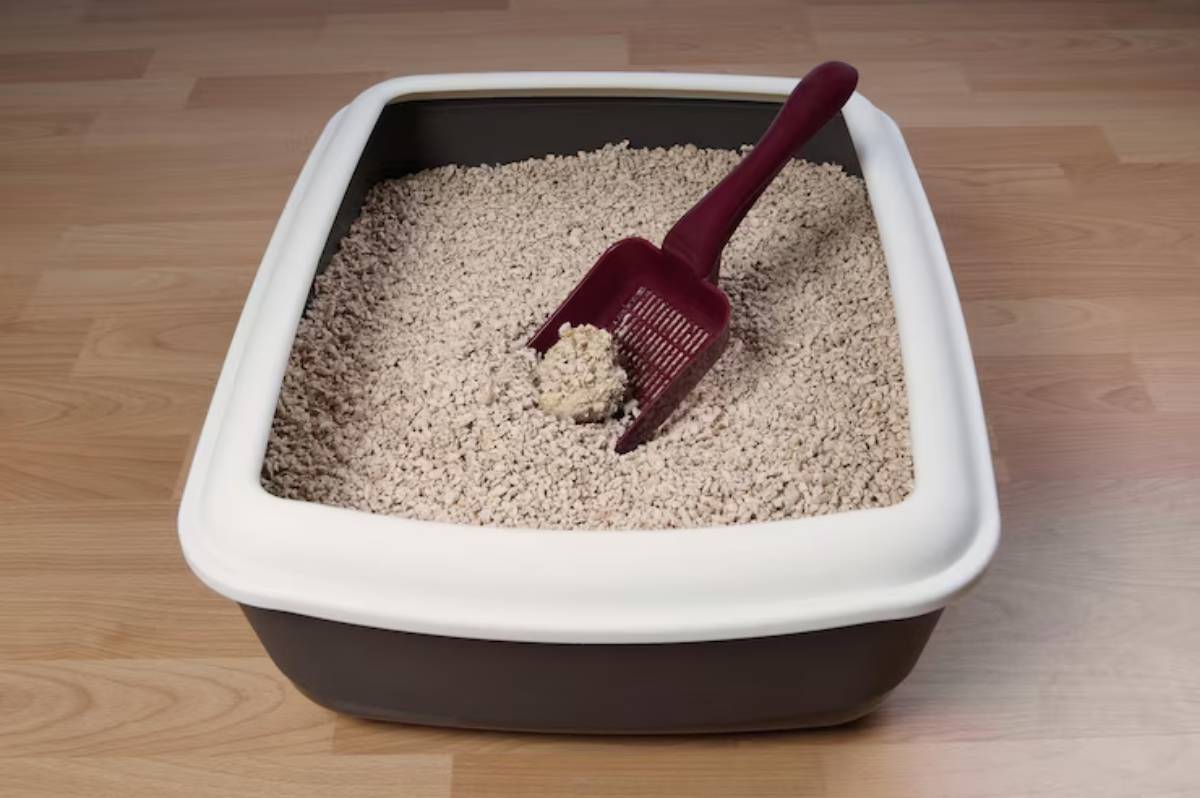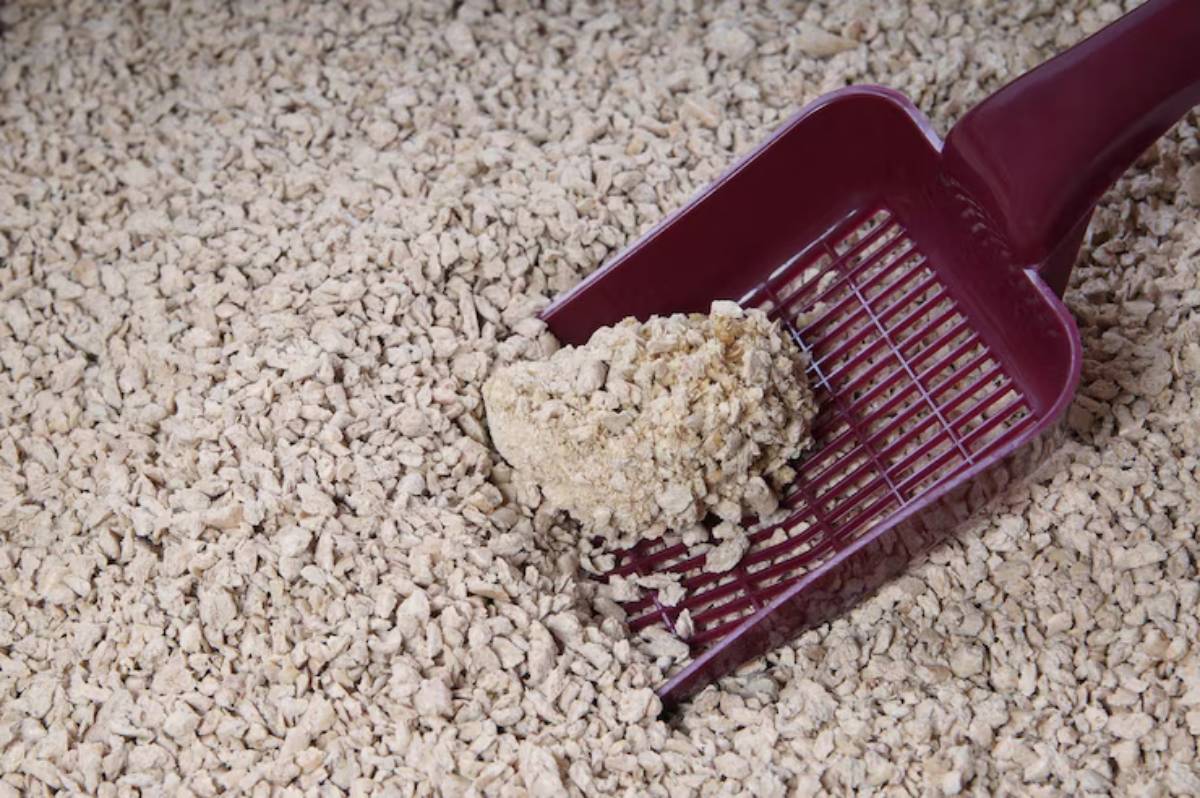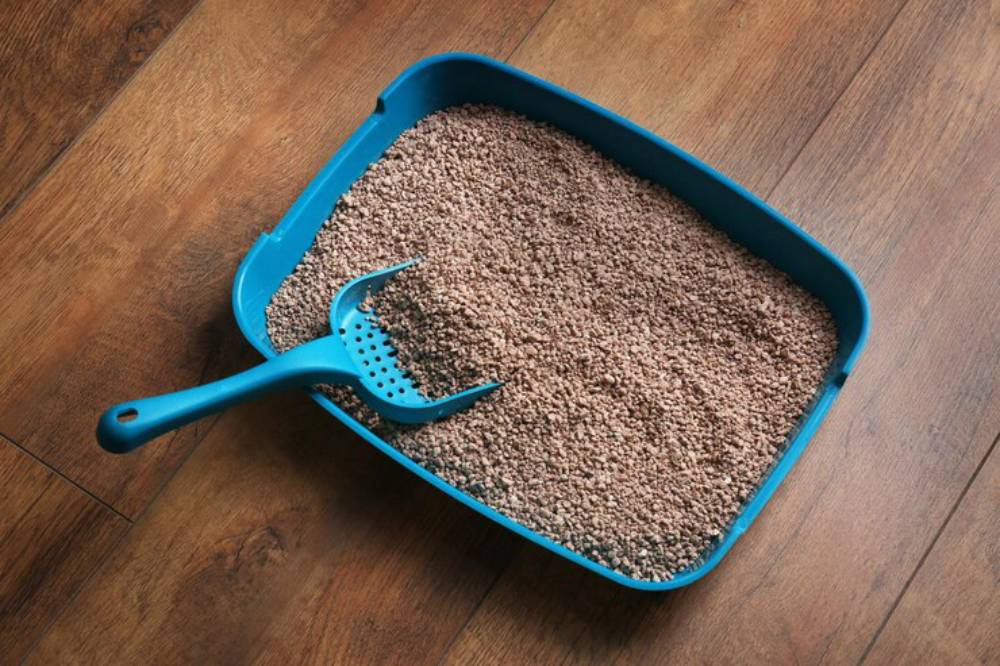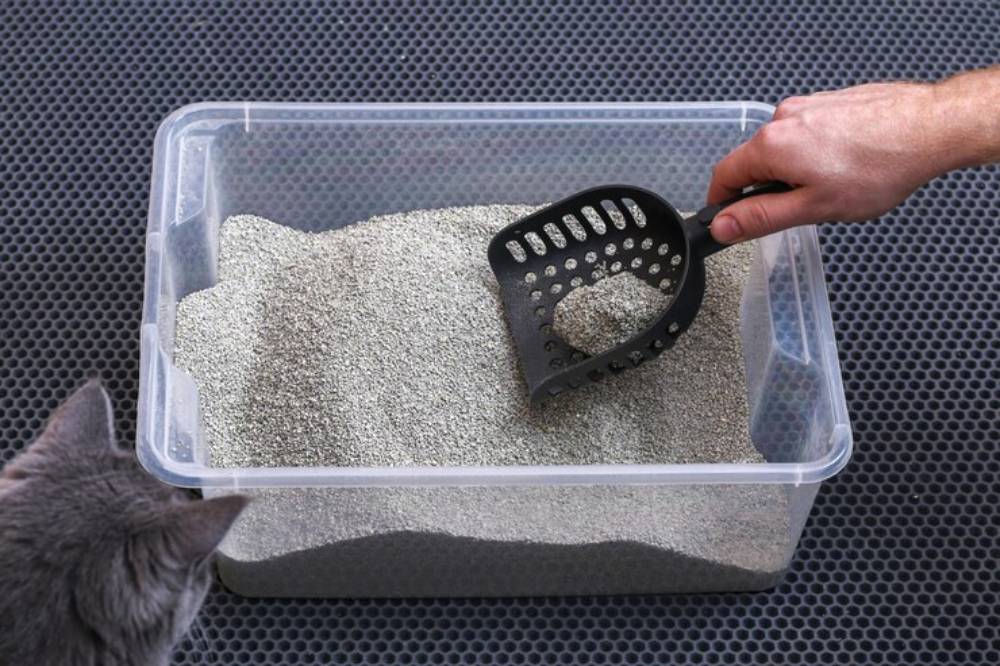
Clumping vs. Non-Clumping Litter: Which is Best?
If you share your home with a cat, you’re no stranger to the world of litter boxes. One of the first and most important decisions you make as a cat parent is choosing the correct type of litter. It’s a surprisingly personal choice for you and your cat. The most common dilemma is deciding between clumping cat litter and non-clumping litter.
What seems like a simple aisle choice can affect your daily routine, home environment, and even your cat’s health and happiness. In this guide, we’ll explore the pros and cons of each option, share real-life insights, and help you find the best cat litter type for your lifestyle.
Why Litter Type Matters
Cats are notoriously picky about their litter. They might avoid the box altogether if something feels off in texture, scent, or cleanliness. That’s why understanding the differences between clumping and non-clumping litter isn’t just useful, it’s essential.
The right litter:
- Keeps odours at bay
- Makes cleaning easier
- Encourages good litter habits
- Helps monitor your cat’s health
So, let’s get into what sets these two options apart.
What Is Clumping Cat Litter?

Clumping cat litter is typically made from bentonite clay, which absorbs liquid and forms solid clumps when your cat urinates. These clumps can then be scooped out easily, leaving the remaining litter clean and dry.
Advantages of Clumping Litter
- Easy maintenance: You can remove waste daily without replacing the entire box.
- Superior odour control: Clumps trap moisture and smells.
- Cost-effective over time: Though pricier up front, it lasts longer.
- Good health monitor: You can observe changes in urine volume or frequency.
Potential Drawbacks
- Dusty: Some brands can produce dust that irritates sensitive lungs.
- Not biodegradable: Traditional clay litter isn’t eco-friendly.
- Tracking: Fine grains can stick to your cat’s paws.
What Is Non-Clumping Litter?

Non-clumping litter comes in various materials: clay, recycled paper, pine pellets, or silica crystals. Unlike its clumping counterpart, it absorbs urine but doesn’t form solid clumps, meaning you’ll need to change the litter more often.
Advantages of Non-Clumping Litter
- Low dust: Ideal for cats (and humans) with respiratory issues.
- Eco-conscious choices: Many options are biodegradable and sustainable.
- Often cheaper upfront: Budget-friendly for short-term use.
Potential Drawbacks
- Frequent full changes: Urine spreads and accumulates.
- Weaker odour control: It’s harder to isolate waste.
- More waste: Used litter can’t be separated and reused.
Key Factors to Consider When Choosing
1. Your Cat’s Preferences
Some cats are very particular. They may prefer the soft, sandy texture of clumping litter or the more natural feel of pine pellets. When in doubt, try both in separate boxes and let your cat decide.
2. Number of Cats in the Household
If you live in a multi-cat household, clumping litter often wins. It allows for better hygiene between full litter changes and helps keep odours under control. With non-clumping, you may need more frequent full clean-outs.
3. Cleaning Habits

- Prefer daily spot-cleaning? Go for clumping.
- Don’t mind full box refreshes every few days? Non-clumping could work.
4. Environmental Concerns
Want an earth-friendly solution? Unlike most clay-based clumping litters, non-clumping litter made from recycled or plant-based materials is typically biodegradable.
5. Budget
Non-clumping litter often costs less upfront, but since you’ll replace it more frequently, it may not be as cost-effective in the long run.
Sarah’s Litter Journey
Sarah, a cat mum of two in Manchester, used non-clumping paper pellets for years. When she adopted a second cat, odour became an issue. “I was changing the entire litter tray every day and still noticing smells,” she said. After switching to a clumping clay litter, things improved. “Now I scoop once a day, and the house smells fresh. It’s less work, and the cats adapted quickly.”
Her takeaway? “It’s about balance. I loved the eco-friendly aspect of non-clumping, but for multiple cats, clumping just made more sense.”
Clumping vs. Non-Clumping: Quick Comparison
| Feature | Clumping Litter | Non-Clumping Litter |
| Odour Control | Excellent | Moderate |
| Ease of Cleaning | High | Moderate to Low |
| Dust Levels | Medium to High | Low |
| Eco-Friendly | Rarely | Often Yes |
| Cost Efficiency | Long-term savings | Frequent replacements |
| Best for Multi-Cat Homes | Yes | Sometimes |
Tips for a Smooth Litter Transition
If you decide to switch litter types, do so gradually. Sudden changes can stress your cat or lead to litter box avoidance.
- Mix old and new litter over a week.
- Observe your cat’s behaviour.
- Keep the box extra clean during the transition.
And remember, unscented is usually best. Cats have sensitive noses!
Common Misconceptions
“Clumping litter is unsafe for kittens.”
Not entirely true. It’s mainly a concern if kittens ingest the litter. If your kitten isn’t eating litter, an acceptable, unscented clumping option is generally safe after 3–4 months of age.
“Non-clumping means less work.”
Only at first glance. While scooping might be less frequent, full litter changes take time and effort.
“Natural litters don’t work well.”
Some do! Pine and paper pellets have come a long way. Just be sure to choose high-quality brands.
Expert Analysis
Veterinarians and feline behaviourists generally agree that cleanliness and routine matter more than litter type. According to the RSPCA, ensuring a cat has access to a clean litter tray in a quiet area is one of the best ways to support good bathroom habits.
They also suggest having one tray per cat, plus one extra, regardless of the litter type. Final Thoughts: Which Litter Should You Choose?
There’s no universal answer. The best cat litter type depends on your cat’s preferences, lifestyle, and values.
Go for clumping litter if:
- You want easier daily cleaning
- You need strong odour control
- You have more than one cat
Choose non-clumping litter if:
- You prefer biodegradable, eco-friendly products
- Your cat is very young or sensitive to dust
- You’re comfortable changing the litter frequently
Whatever you pick, your cat’s comfort and hygiene should always come first.
Make Your Own Clumping Litter Decision
Choosing between clumping cat litter and non-clumping litter might seem like a minor decision, but it can significantly impact your daily life and your cat’s well-being. The good news? You can find the perfect match with a bit of observation and a willingness to experiment.
Still unsure? Try both in separate boxes and let your cat be the judge. After all, they’re the ones using it!
We’d love to hear your story. Have you made the switch between litter types? What worked for your home? Leave a comment below or share this article with fellow cat parents on the fence.
Happy scooping!


